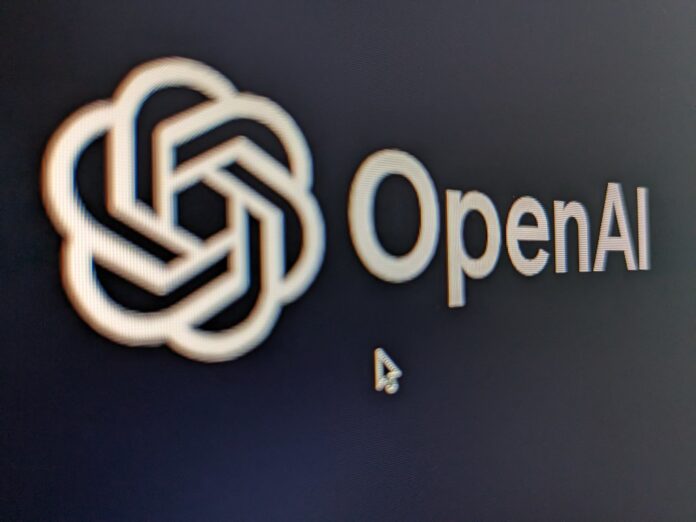OpenAI, a leading research organization in artificial intelligence (AI), has become a focal point for discussions on corporate governance, particularly in the context of balancing innovation with ethical considerations. Founded in December 2015 by Elon Musk, Sam Altman, Greg Brockman, Ilya Sutskever, John Schulman, and Wojciech Zaremba, OpenAI was originally established as a non-profit with a mission to ensure that artificial general intelligence (AGI) benefits all of humanity. However, its transition to a “capped-profit” model in 2019 and subsequent partnership with Microsoft has sparked debate on its governance structure and alignment with its founding principles.
The Origins and Mission of OpenAI
OpenAI’s mission to create safe and beneficial AGI was driven by concerns over the potential misuse of advanced AI technologies. The organization aimed to lead the charge in AI research while prioritizing safety and ethics over profit. This mission was encapsulated in its initial non-profit structure, which was intended to insulate the organization from commercial pressures that might compromise its ethical standards.
Transition to a Capped-Profit Model
In 2019, OpenAI announced a significant shift in its structure by forming OpenAI LP, a for-profit entity with a unique “capped-profit” model. This model limits investor returns to 100 times their investment, with any excess profits being funneled back into the non-profit arm to support further research and public benefit. This move was justified on the grounds that attracting top talent and substantial funding required the ability to offer competitive compensation and returns, which was difficult under a strict non-profit model.
Controversy and Criticism
The transition to a capped-profit model raised eyebrows among industry observers and ethicists. Critics argued that the move could compromise OpenAI’s commitment to prioritizing public benefit over profit. The concern was that even a capped-profit incentive might lead to decisions that favor financial returns at the expense of ethical considerations. Furthermore, the lack of transparency around the specifics of the capped-profit mechanism and governance raised questions about accountability and alignment with the original mission.
Partnership with Microsoft
In July 2019, OpenAI announced a multi-billion-dollar partnership with Microsoft, making the tech giant its preferred partner for commercializing new AI technologies. Microsoft invested $1 billion in OpenAI, gaining access to its cutting-edge research and innovations. This partnership further fueled concerns about the potential for commercial interests to overshadow OpenAI’s ethical imperatives.
Benefits and Risks
Proponents of the partnership argue that it provides OpenAI with the resources and infrastructure necessary to scale its research and impact. Microsoft’s cloud computing capabilities and vast market reach can accelerate the development and deployment of AI technologies for societal benefit. However, skeptics worry that the alignment with a major corporation could lead to a shift in priorities, where commercial applications and profitability take precedence over ethical safeguards and equitable distribution of AI benefits.
Governance and Ethical Dilemmas
The governance structure of OpenAI has been a point of contention, particularly regarding how decisions are made and who holds the power. OpenAI’s board of directors includes representatives from both the non-profit and for-profit entities, creating a complex dynamic that must balance diverse interests. Ensuring that ethical considerations remain at the forefront of decision-making amidst these competing interests is a significant challenge.
Transparency and Accountability
One of the key issues in OpenAI’s governance is transparency. Stakeholders have called for greater openness about decision-making processes, financial arrangements, and the impact of the capped-profit model. Ensuring accountability to the public and the AI research community is crucial for maintaining trust and legitimacy.
Future Directions
OpenAI stands at a crossroads, where its governance choices will significantly impact its ability to achieve its mission. Striking the right balance between innovation, ethical responsibility, and financial sustainability is an ongoing challenge. As AI technologies become increasingly influential, the stakes for effective governance at organizations like OpenAI are higher than ever.
Disclaimer: The thoughts and opinions stated in this article are solely those of the author and do not necessarily reflect the views or positions of any entities represented and we recommend referring to more recent and reliable sources for up-to-date information.



